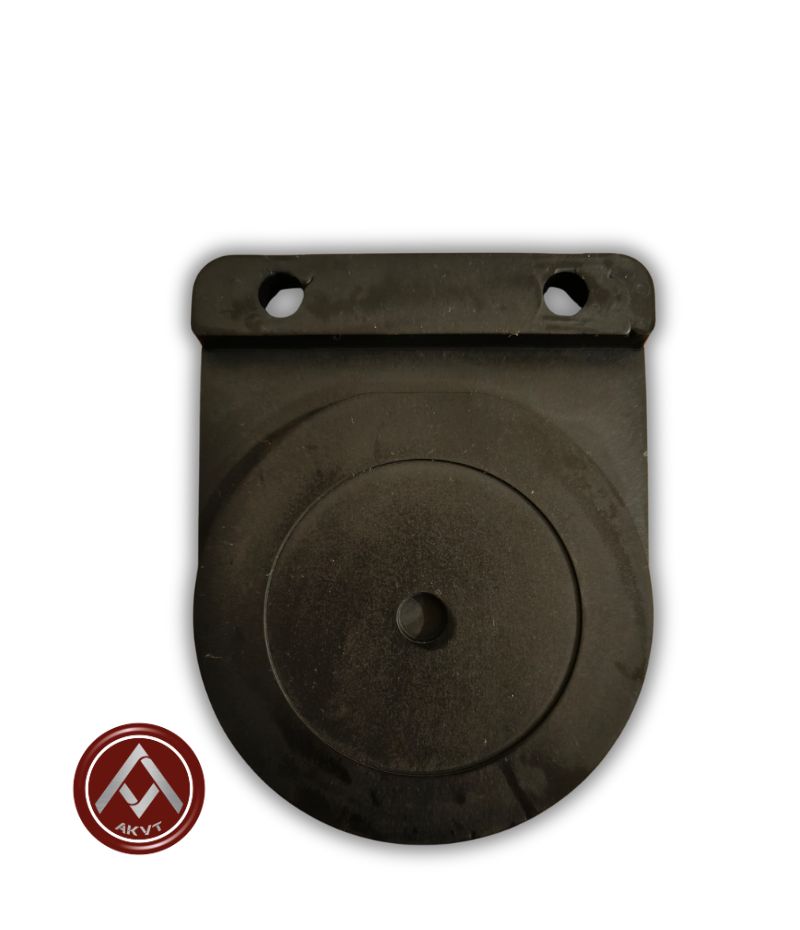In the world of industrial pumps, the reliability and efficiency of each component can make all the difference in your operation. One such critical component is the flap valve used in Sandpiper pumps. Understanding its role, benefits, and maintenance needs can help you maximize your pump’s performance and longevity. In this post, we’ll explore the key aspects of the Sandpiper flap valve and introduce our redesigned version that offers superior value and a longer lifespan
What is a Flap Valve and Why It Matters
The flap valve is a crucial part of Sandpiper pumps, responsible for controlling the flow of liquids and preventing backflow. Its simple yet effective design ensures that the pump operates smoothly, even when handling challenging materials such as slurries, abrasive particles, or corrosive chemicals. Without a properly functioning flap valve, your pump’s efficiency can be severely compromised, leading to costly downtime and repairs.
The Advantages of the Flap Valve Design
The flap valve design offers several advantages that make it a preferred choice for many pumping applications. First and foremost, it is highly reliable, ensuring consistent performance even in harsh conditions. The durability of the flap valve is another significant benefit, as it can withstand the rigors of pumping abrasive and corrosive materials. Additionally, the flap valve is designed for ease of maintenance, allowing for quick and straightforward inspections and replacements.
These features make the flap valve an essential component for maintaining the efficiency and longevity of Sandpiper pumps. Whether you’re dealing with heavy-duty industrial applications or need a pump that can handle a variety of liquids, the flap valve’s robust design ensures that your pump will perform reliably over time.
How Often Should You Replace a Flap Valve?
While the flap valve is designed for durability, it is not immune to wear and tear. Regular maintenance and timely replacements are key to ensuring that your pump continues to operate at peak efficiency. But how often should you replace a flap valve?
The replacement frequency depends on several factors, including the type of materials being pumped, the operating conditions, and the intensity of use. In general, it’s advisable to inspect the flap valve regularly for signs of wear, such as reduced pump efficiency, unusual noises, or visible damage to the valve itself.
For pumps handling abrasive or corrosive materials, more frequent inspections and replacements may be necessary. By staying proactive with maintenance, you can prevent unexpected failures and extend the overall lifespan of your pump.
Introducing Our Enhanced Flap Valve Design
Recognizing the need for a more durable and cost-effective solution, we’ve developed a redesigned flap valve that offers superior value and an extended lifespan compared to traditional OEM parts. Our enhanced flap valve is crafted from high-quality materials that resist wear and corrosion, making it ideal for even the most demanding applications.
The improved design features reinforced components that increase the valve’s durability and performance. Through rigorous testing, we’ve proven that our redesigned flap valve not only lasts longer but also delivers better value over time. This means fewer replacements, reduced downtime, and significant savings for your operation.
Whether you’re looking to upgrade your existing Sandpiper pump or need a reliable replacement part, our enhanced flap valve is the smart choice for ensuring long-term efficiency and performance.
Conclusion
Choosing the right flap valve is essential for maintaining the efficiency and reliability of your Sandpiper pump. Our redesigned flap valve offers a superior alternative to OEM parts, providing greater durability, better performance, and increased value. Don’t let a worn-out valve compromise your operation—upgrade to our enhanced flap valve and experience the difference in quality and longevity
Ready to make the switch? Explore our redesigned flap valve today and keep your Sandpiper pump running at its best!

